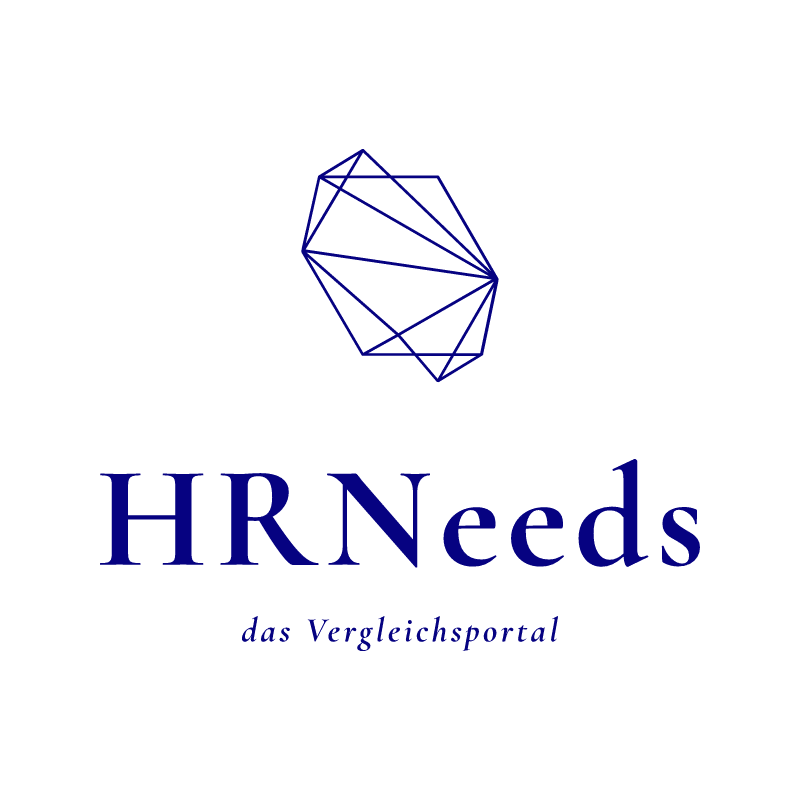e-signature
The trend is clearly towards a paperless office. But how are these documents signed in a legally secure manner and what is the difference between electronic and digital signatures?

Legal requirements
All types of business are predominantly conducted electronically and digital contracts are of course also signed digitally. In addition to cost savings and environmental protection reasons, this brings numerous advantages for companies – not just for the human resources departments, but for all areas of the company.
However, all legally relevant processes have one thing in common: signatures are required and they must be implemented electronically in a suitable form. The requirements for such a signature are different, because the autograph rejecting an applicant does not require the same legal certainty as signing an employment contract. So what is an electronic signature and what security levels are possible?
The electronic signature
Depending on the situation, the electronic signature must meet various requirements. Basically, it must be unique and forgery-proof and must be fully valid in a legal dispute.
Of course, it is not enough to scan a handwritten signature and copy it into an electronic document. A legally secure digital signature is therefore comparable to a seal. It must be technically created in such a way that, like the traditional seal, it can be visibly broken or damaged when changes are made – and thus loses its validity.
How do a digital and electronic signature differ?
In practice, the terms “digital” and “electronic” signature are often used as synonyms, but this is not correct.
The requirements for a digital signature are significantly higher than for an electronic signature. If the author of an email only puts his name under his electronic text, this means an electronic signature, which is by no means legally secure. With a digital signature, modern cryptographic methods are used to connect the author to the document in a verifiable way. This means that the electronic signature is simply a weaker form of signature compared to the digital version.
When using the language, it is important to know the differences between the two terms. When people talk about the “electronic signature”, they usually mean all variants including the digital signature – which is a particularly secure electronic signature.
The three forms of electronic signature
The eIDAS-VO recognizes three forms of electronic signature, which differ in the level of protection against forgery.
The simple electronic signature
This form is considered the simplest type of electronic signature with the weakest security and is nothing more than the name of the author at the end of an electronic document. It only shows the author and is not linked to any formal requirements. This “signature through text” is not forgery-proof and can easily be copied and therefore misused.
The advanced electronic signature
The next higher level, the advanced electronic signature, is subject to stricter requirements. With an advanced electronic signature, any manipulation must be clearly detectable and the author of the signature must be unique and identifiable at all times. He must have demonstrably written the signature on his own electronic devices and the integrity of the document must be verifiable – subsequent changes must therefore be ruled out at any time.
This type of electronic signature is used, for example, to sign certain contracts, for example shareholder agreements.
The qualified digital signature
The qualified electronic signature is considered the highest signature level and represents the most secure subtype of electronic signature. It is largely the same as the traditional hand signature. Anyone who has provided their document with a qualified digital signature can no longer dispute their authorship in court. This type of signature is generally considered legally secure proof – unless the law requires it to be in writing.
The qualified digital signature must be secured in several ways. Using the so-called cryptography process, a digital key is uniquely and unmistakably linked to the author’s data. Any change to this data would be displayed automatically.
Special features and limitations
In some cases, the law requires documents to be signed in writing. An electronic signature is then not legally valid.
To protect the contractual partners, electronic signatures are excluded for rental agreements, guarantees or terminations, for example. The employment contract, however, may be signed electronically.
Electronic signatures are legally enforceable in most developed countries. However, the laws differ. While the above-mentioned eDIAS Regulation applies to the European Union, the “Law on Electronic Signatures in Global and National Trade (ESIGN)” and the “Law on the Unification of Electronic Transactions (UETA)” apply in the USA. In principle, in the USA, electronic signatures are equivalent to handwritten ones.
Conclusion
Electronic signatures can significantly simplify many processes in companies and at the same time lead to cost savings. The electronic signature creates freedom for value-adding activities.
HRNeeds will be happy to help you find the right electronic signature provider. With the help of our software comparison, we can find the solutions that suit your requirements and give you a suitable recommendation. The whole thing is non-binding and free of charge. Free expert advice is also available upon request.
